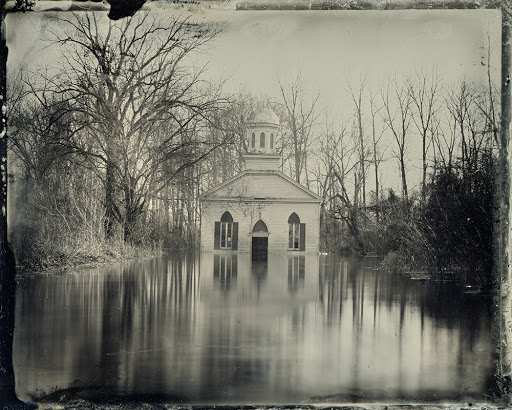There are so many ghost towns in the United States, and one of them is located in Rodney, Mississippi. According to reports, Rodney used to be a busy town. It was also an important city, but why did it become a ghost town?
Reports claim that during the time Great Britain controlled the country, the French settled in Rodney in 1763. They called it Petit Gulf. Eleven years later, General Phineus Lyman led an expedition to form a settlement in the area.
Later, in the year 1781, the Spanish took control of the area. They held it for ten years until they gave a deed to one Thomas Calvit. That person was a prominent figure in Mississippi, and since he was given the deed, the number of settlements grew alongside the Mississippi River. In the year 1814, the Petit Gulf was named after Judge Thomas Rodney.
When Mississippi became a capital, Rodney was supposed to be the capital. However, it lost the bid via three votes.
By the year 1830, there was an increase in river transportation. Around 200 people lived in Rodney, and there were about 20 stores, a church, the state’s first opera house, and other establishments. Later, Rodney was known for its county fairs, lecture hall, thespian groups, quality education, a jockey club, and more.
It was going well for Rodney until an epidemic hit the city. This was yellow fever, and it was so devastating that many national newspapers headlined about it. The reports claim that Rodney’s yellow fever was “in its most fatal form” and that the doctors who were supposed to help treat the sick died from yellow fever.
After the first yellow fever that hit Rodney, some residents remained there. In 1847, just four years after the first deadly epidemic, another wave of yellow fever claimed lives. Although this time, it was less fatal.
Despite the yellow fever epidemic, in 1850, Rodney became the busiest port in the whole Mississippi River. There were already about a thousand residents, 35 stores, two banks, a hotel, several churches, schools, and more during that time. In 1860, the number of residents reached more than 4,000.

One of the buildings that still stand in Rodney, Mississippi.
However, in 1863, things took a turn for the worst for the citizens of Rodney because of the Civil War. Later, a fire also engulfed most of the city, so the establishments got damaged. And in 1870, a large sand bar caused the grand waterway to change its course. Because of the fire and the industry built solely because of the river being gone, many residents started leaving.
The abandoned city is now home to only eight residents. It is unclear why these residents chose to still call it home.
If you want to visit it, you can look for the Old County Store on Highway 61. From there, drive northwest, and if you get past the Cane Ridge Cemetery, you would have to drive twelve more miles. Later, you will see the city that was once the home of more than a thousand.


















